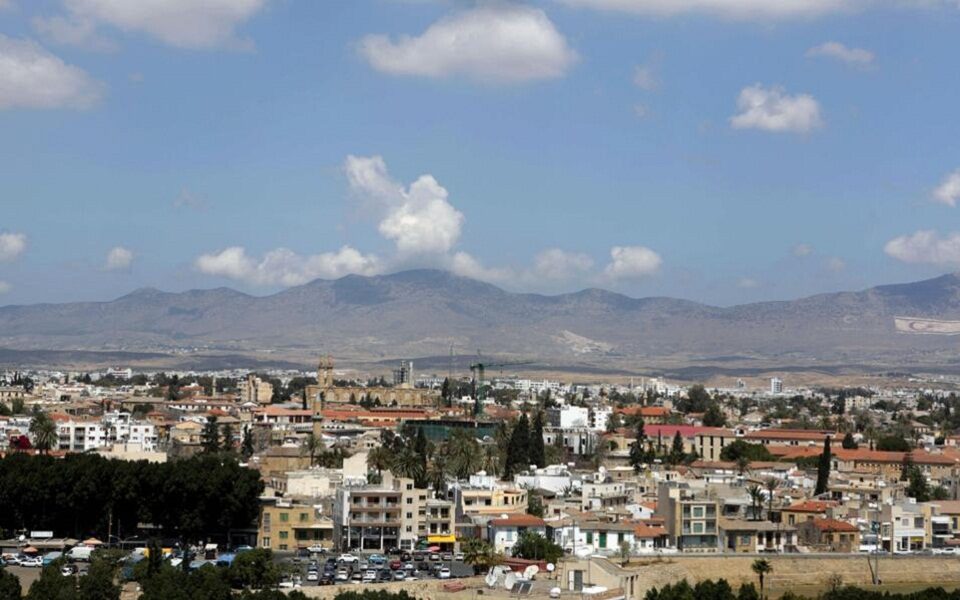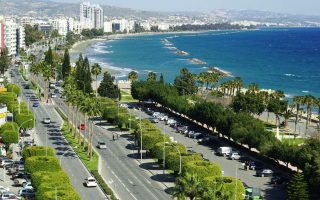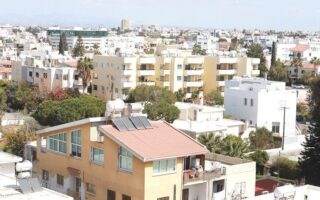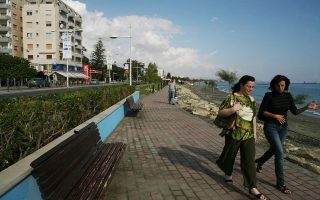Division in the Cypriot property market

Recent data on property sales in Cyprus reveal distinct trends in different districts. Notably, the picture in Nicosia contrasts sharply with that of coastal districts.
In the capital, the market is predominantly driven by domestic buyers, while coastal areas, witnessing a surge in transactions, owe this growth largely to foreign investors, particularly those from non-EU countries. Many of those foreign investors have chosen Cyprus as a new base for their businesses and homes in the wake of events like the Russian invasion of Ukraine and the tragic explosion in Beirut.
Examining the broader picture across Cyprus, out of the 22,500 real estate sales and transfers in the first eight months of this year, 7,408 involved foreign buyers, constituting roughly 33% of the total. However, it’s essential to note that this percentage varies by district. For instance, Limassol recorded 7,262 transactions, with 31% involving foreign buyers. Surprisingly, Paphos emerged as the top choice for foreign investors, with 57% of the 4,573 transactions involving them. In the same district, 19% of buyers are from Europe, while 38% hail from non-European countries.
Nicosia’s market remains closely aligned with the domestic market, with only 11% of buyers coming from abroad. Property sales and transfers in the capital amounted to 5,447 in the year to August.
In Limassol, of the 7,262 sales, 69% were attributed to domestic buyers, while around 30% involved foreigners. Larnaca presents a higher foreign buyer percentage, with 34% of the 4,661 property transactions in the district involving foreign investors. Famagusta district stands out, with foreign buyers at 56% outnumbering Cypriot buyers, though the total number of properties sold was relatively low at 617.
Pavlos Loizou, CEO of Ask Wire, suggests the data highlight a division: Coastal areas rely heavily on foreign buyers, while Nicosia primarily caters to local residents. This makes the capital’s market more vulnerable to factors like rising living costs and interest rates.
Loizou says market rates are already showing signs of decline, with a gradual easing of prices up to 10% expected in the medium term. Developers will need to shift their focus toward creating residential products that appeal to the Cypriot market, which often requires bank financing and is more sensitive to construction cost increases.





